| By: Paul S. Cilwa | Viewed: 4/19/2024 Posted: 2/5/2008 |
Page Views: 1216 | |
| Topics: #GrandCanyon #Arizona #Travel #Photography | |||
| Placesing along the Grand Canyon south rim. | |||
One of the most beautiful stretches of road in Arizona, and one of the most underappreciated, is state road 64. This delightful ribbon of concrete runs from the end of US 180 right in Grand Canyon Village, and extends eastward, mostly following the South Rim of the Canyon, for just about 60 miles where it T-bones into US 89 at Cameron. From there you can head north to Tuba City or Page, or south to Flagstaff.
I was last on this road with my son, John, and his then-wife as a side trip while taking them to Minneapolis. It did not impact the trip length by more than two hours, and was well worth the small amount of extra time.
As I write this, Grand Canyon has just received a load of snow so I am not recommending this weekend as being the ideal time to visit. In fact, John and I were there in June. (Which is not to say the Canyon isn't beautiful under a veil of snow!) But in just a few weeks the snow will have melted and, if you are in the area, this would make a terrific little side-jaunt that will give you a greater opportunity to appreciate Grand Canyon than you can get by any means less than hiking into it.
I have well-documented the views from the terminus of US 180 so I won't repeat that here. But just about twenty minutes or so east of US 180 you'll see rising before you a stone or brick structure on the left side of the road, between you and the rim.
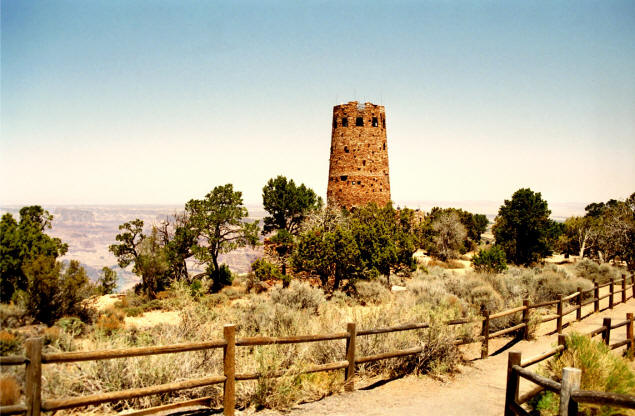
This is called the Watchtower, a 70-foot-high stone building designed by architect Mary Colter, who modeled it after towers found at ancient pueblos such as Mesa Verde and Hovenweep. The Watchtower is connected to a circular observation room fashioned after a Hopi kiva—a ceremonial room that often adjoined the real pueblo towers. To climb the Watchtower (which is free), you'll first have to pass through this room, currently being used as a gift shop selling Navajo rugs and Native American artifacts. The shop is open daily 8am to 6pm, and the observation deck can be accessed until 5:30pm. The walls inside the Watchtower are decorated with traditional Native American art. Some of the finest work is by Hopi artist Fred Kabotie, whose depiction of the Snake Legend, the story of the first person to have floated down the Colorado River, graces the Watchtower's Hopi Room. At the top is an enclosed observation deck, which at 7,522 feet is the highest point on the South Rim. From there you can see the Colorado River itself.
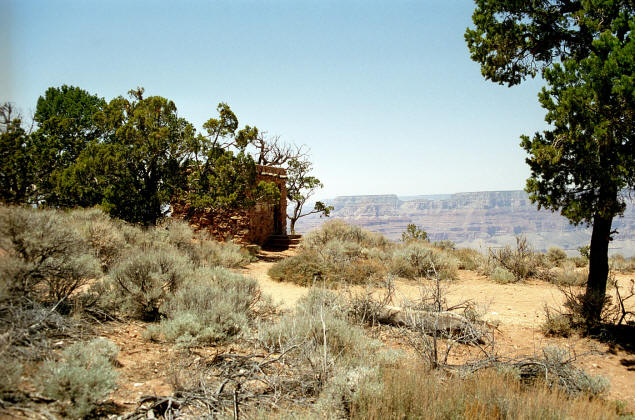
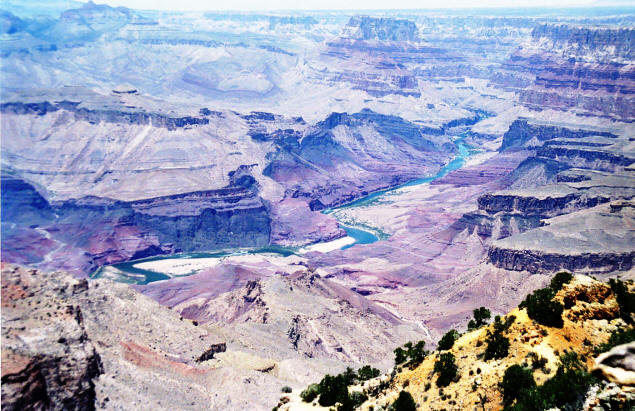
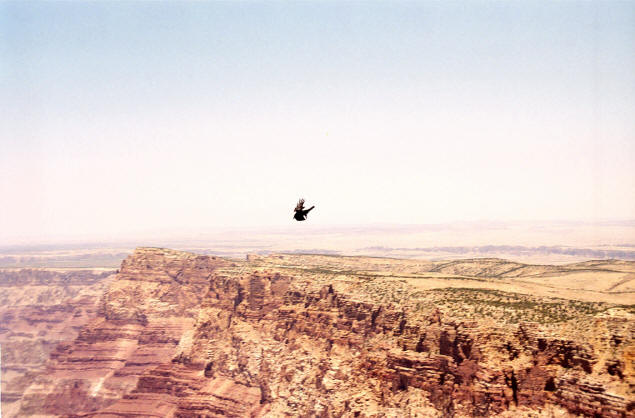
To the northeast you'll see the cliffs known as the Palisades of the Desert, which form the southeastern wall of Grand Canyon proper.
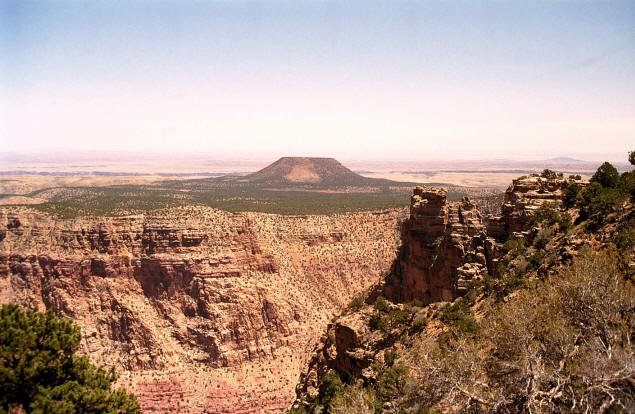
Leaving the Watchtower behind, another half-hour down the road will lead you to a parking area with wooden shelters erected for local Navajo to sell the jewelry for which they are famous. But behind those shelters, a short, easy hike from the road, is the unearthly Little Colorado River Gorge.
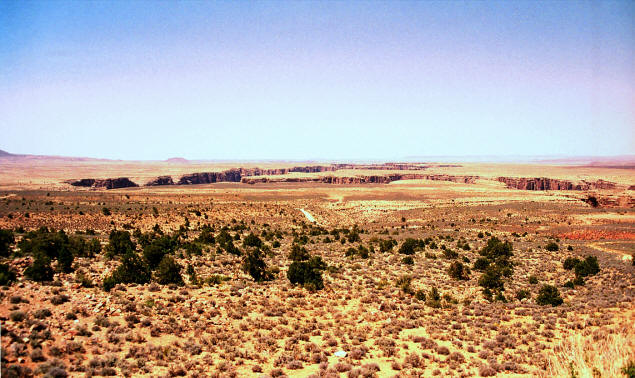
Looking from afar like the remains of some great, prehistoric earthquake, this geologic masterpiece almost forces one to park and explore—which is why the Navajo, on whose land the gorge resides, wisely chose to sell jewelry here. And they don't mind if you check it out before you check them out.
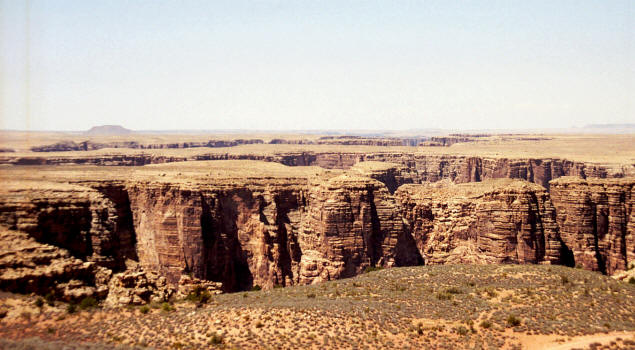
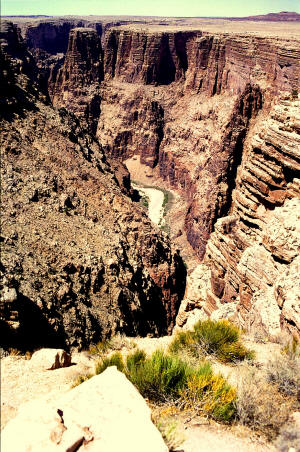
Usually, interesting things resolve themselves as you get closer. But the Gorge only increases its pull as one approaches, because it just looks stranger and stranger.
At this point, the Little Colorado River is just a trickle unless it's actually raining. But the Little Colorado River Canyon continues to gather more and more water as it approaches the "real" Colorado until, when they merge, the Little Colorado is dumping as much as 5200 cubic feet per second into its master.
Such is its draw that, in the 1950s, the pilots of two tourist planes flying overhead became so enraptured that neither they nor their passengers noticed the other plane. The two collided and went down. Although the bodies and most of the wreckage have long since been removed, there is still a wheel down there somewhere which hikers occasionally encounter. And, no doubt, there are also a few ghosts who can be heard late on moonlit nights, crying, "Wow! Lookit that!"





